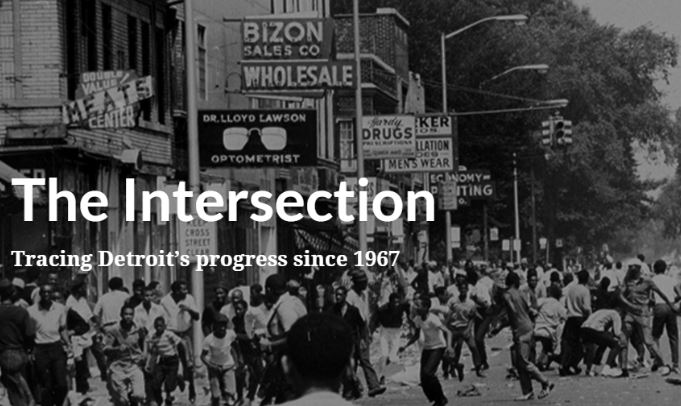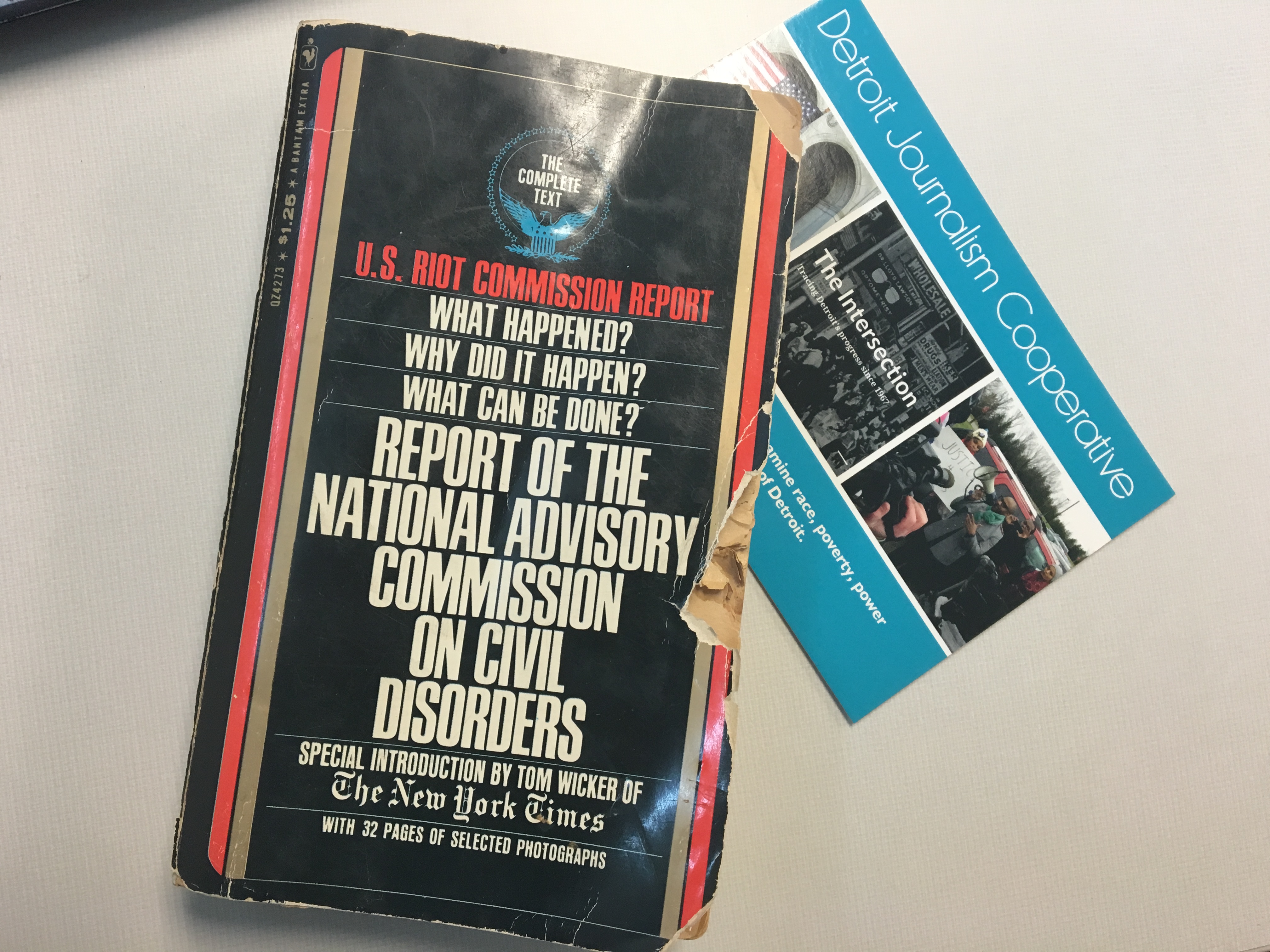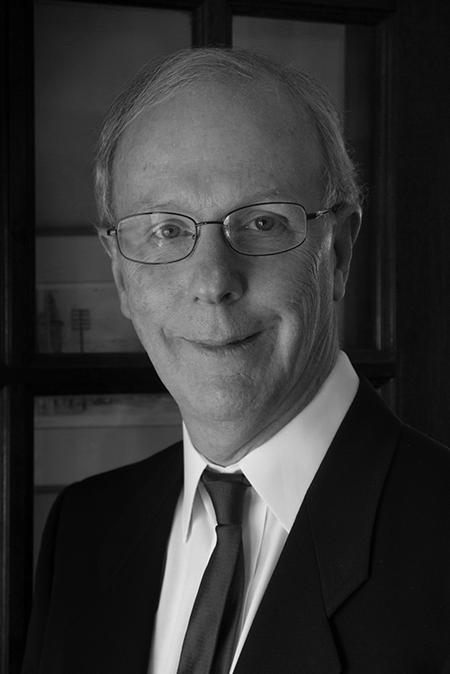The Intersection: Police and Community Relations
How Detroit’s law enforcement-residents relations have evolved since the tensions of the 1960s.

Detroit’s violence during July 1967 began after a police raid at the intersection of 12th and Clairmount streets. Not only was law enforcement blamed for the specific incident that sparked those days of rioting but also for the conditions that made such disturbances happen as African Americans lashed out against nearly all-white forces.
To highlight the work of the Detroit Journalism Cooperative on this topic, two journalists join Host Sandra Svoboda on Detroit Today. Bill McGraw, of Bridge Magazine, and Lester Graham, of Michigan Radio. Their work is part of The Intersection project, specific to the latest topic of police and community relations.

The collaborative project “looks back to look forward,” examining the Kerner Commission’s report on the cause of the 1967 riot along with recommendations to improve conditions for African-American citizens.
So have relations between Detroit police and the community improved in recent years, even in the era of intense scrutiny of police conduct? McGraw says yes and credits the city’s current chief, James Craig, with having the experience and expertise that has built better community relations as the department comes out from federal oversight.
“The level of violence in Detroit has really declined,” McGraw says.

Still, Graham warns that police officers may have unconscious bias in how they react to suspects of various races, citing research. “It turns out with extensive training you can actually work with somebody to recognize their own bias and reduce these kinds of incidents,” he says.

Click on the audio link above to hear the full conversation.
